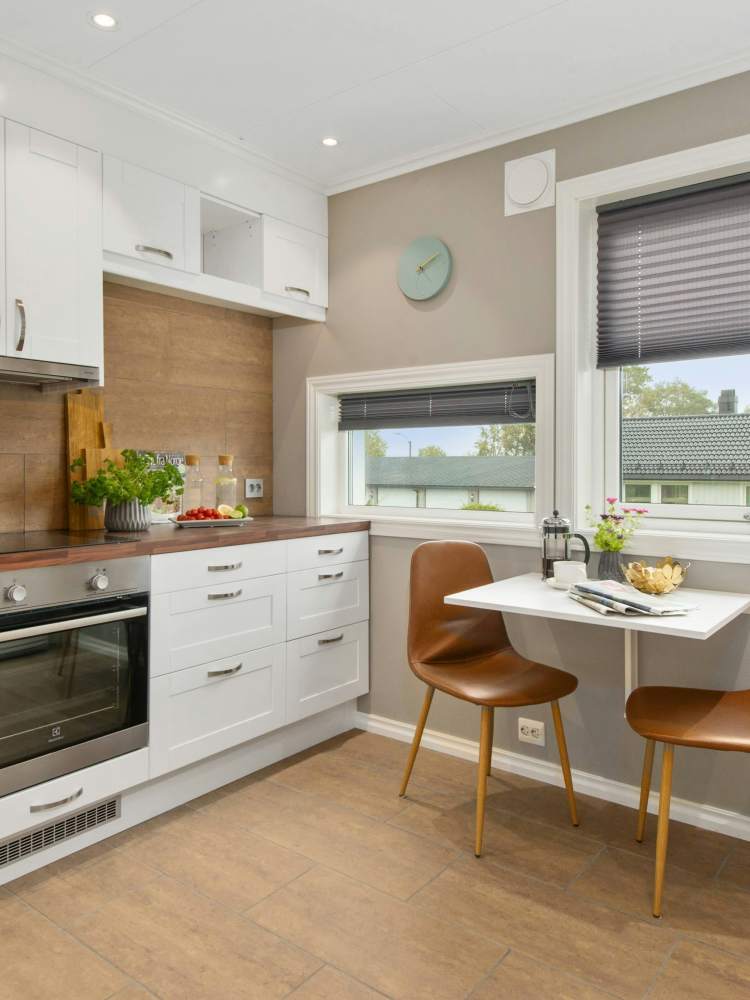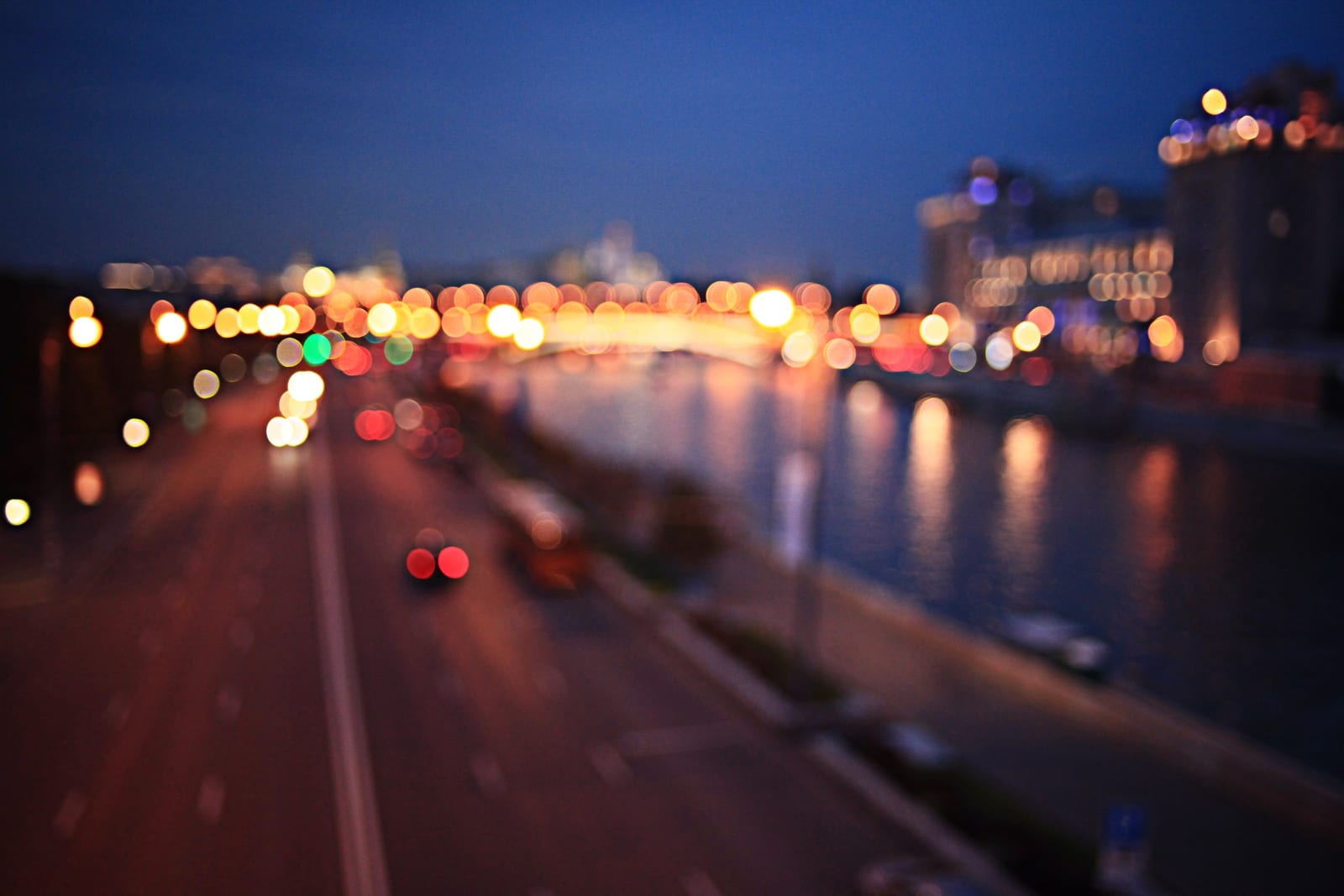907 Dicks Street
- 1 unit available
- 3 bed
- Amenities
Pet friendly
Pet friendly
Oven and Refrigerator
In unit laundry, Pet friendly, and Recently renovated
Pet friendly, Parking, Fire pit, Bbq/grill, and Furnished

Patio / balcony and Recently renovated
In unit laundry, Hardwood floors, Dishwasher, Pet friendly, Carport, Recently renovated + more
Searching for an apartment for rent in Waveland, MS? Look no further! Apartment List will help you find a perfect apartment near you. There are 7 available rental units listed on Apartment List in Waveland. Click on listings to see photos, floorplans, amenities, prices and availability, and much more!
The average rent in Waveland is Ask for a studio, $995 for a one-bedroom apartment, and Ask for a two-bedroom apartment. If you are looking for a deal, keep an eye out for a red pulsing icon that indicates rent specials.
Tired of browsing? Take our personalized quiz. You’ll answer a couple of simple questions and we’ll put together a list of Waveland apartments that are best for you. We’ll also factor in your commute, budget, and preferred amenities. Looking for a pet-friendly rental, or an apartment with in-unit washer and dryer? No problem, we’ll provide you with apartments that match that criteria.
You can trust Apartment List to help you find your next Waveland, MS apartment rental! After all, everyone deserves a home they love.
*Based on base prices that don’t include fees
The Land of the Waves began as a resort town for wealthy New Orleans residents. They would take the L&N Railroad to Waveland in the mid 1800s to summer on the Gulf Coast.
On Mississippi's West Coast along the Gulf of Mexico, Waveland is a town of survivors
View Waveland City GuideThe Land of the Waves began as a resort town for wealthy New Orleans residents. They would take the L&N Railroad to Waveland in the mid 1800s to summer on the Gulf Coast.
On Mississippi's West Coast along the Gulf of Mexico, Waveland is a town of survivors
